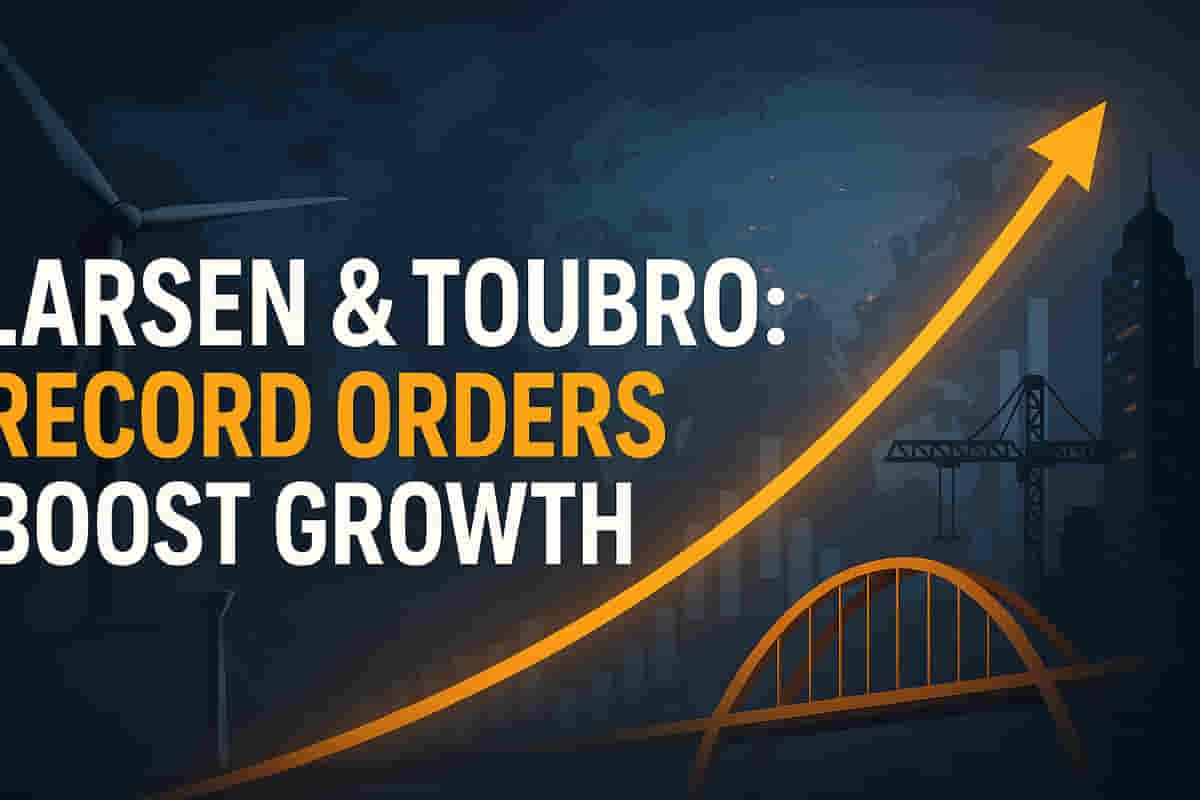Larsen & Toubro Reports 16% Profit Growth, Beats Estimates on Strong Order Inflows Despite Revenue Miss
Industrial Goods/Services
|
29th October 2025, 5:17 PM

▶
Stocks Mentioned :
Short Description :
Detailed Coverage :
Larsen & Toubro (L&T) announced its financial results for the second quarter of the fiscal year, reporting a consolidated net profit of Rs 3,926 crore, a 16% increase compared to Rs 3,395 crore in the same period last year. Sequentially, profit rose by 8.5%. However, these figures fell slightly short of Bloomberg's consensus estimates, which expected Rs 4,005 crore. Revenue for the quarter stood at Rs 67,984 crore, a 10.4% rise from Rs 61,555 crore a year ago, also missing the estimated Rs 70,478 crore. Earnings before interest, tax, depreciation, and amortisation (Ebitda) grew by 7% to Rs 6,806 crore, though the Ebitda margin compressed slightly to 10% from 10.3% due to pressures in its IT and technology services business.
Despite the misses on profit and revenue estimates, L&T achieved a record quarterly order inflow of Rs 1,15,784 crore, a significant 45% year-on-year jump. International orders constituted 65% of this inflow. The company's consolidated order book closed September 30, 2025, at Rs 6,67,047 crore, a 15% increase from March-end.
Impact: This news is significant for investors as L&T is a bellwether for India's infrastructure and capital expenditure spending. While the profit and revenue misses might cause short-term concern, the record order inflows and strong order book signal robust future revenue potential and operational strength. The management's optimism about continued strong capex spending in India and the Middle East, alongside a positive outlook on order prospects exceeding Rs 10.4 lakh crore, suggests a positive long-term outlook. The slight margin pressure in the IT segment is a point to monitor. The stock market will likely focus on the strong order book and future prospects. Rating: 8/10.
Definitions: Ebitda: Earnings Before Interest, Tax, Depreciation, and Amortisation. It is a measure of a company's operating performance. EPC: Engineering, Procurement, and Construction. L&T is a major player in this sector, involved in designing, sourcing, and building large infrastructure projects. Capex: Capital Expenditure. This refers to the money spent by a company to acquire or upgrade physical assets such as property, industrial buildings, or equipment.